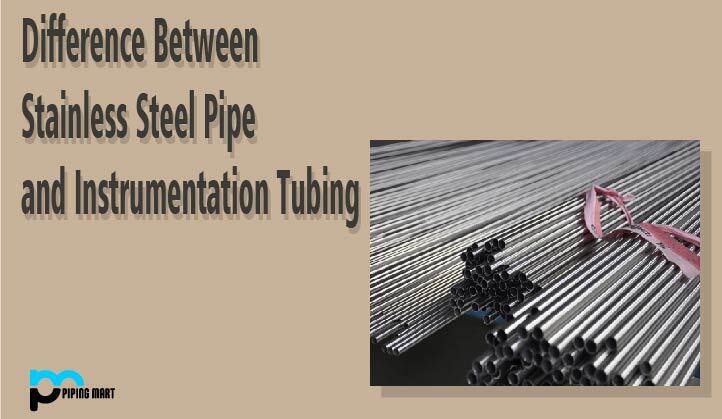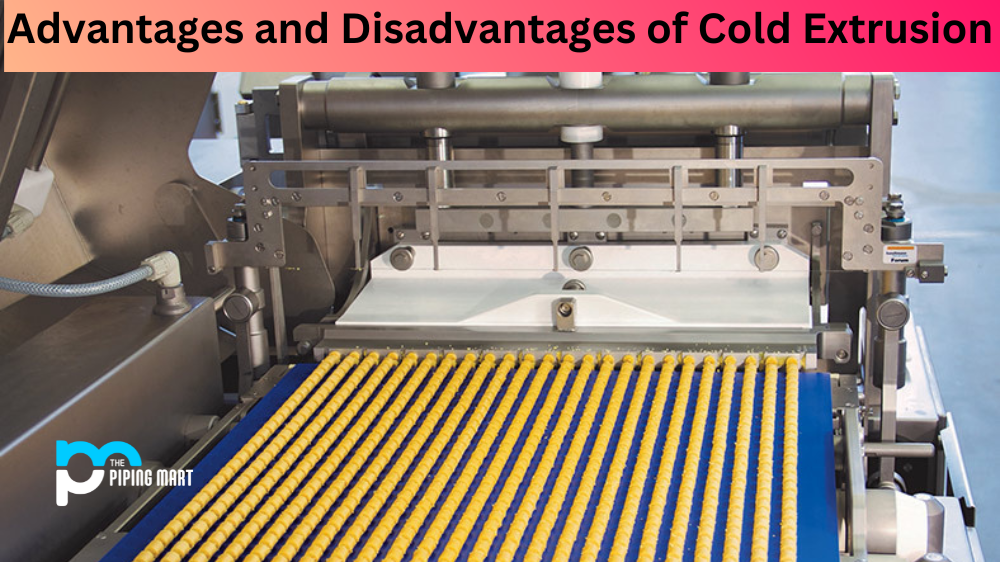Vacuum moulding is a manufacturing process that uses a vacuum to form materials into shapes. This method has a lot of advantages and disadvantages, which need to be considered when deciding what type of moulding process to use for your products. Let’s take a look at the pros and cons of vacuum molding so you can make an informed decision.
Advantages of Vacuum Molding
One advantage of vacuum molding is that it can create very intricate designs with smooth surfaces. This process also allows for thin walls without sacrificing strength or durability. Vacuum molding also produces less waste than other types of moulding processes, as the material used is only laid down where it needs to be, which reduces costs associated with labour and material waste. Additionally, high-temperature-resistant materials can be used in the vacuum molding process, allowing for more versatility in terms of what types of materials can be moulded.
Another advantage is that vacuum molding does not require a high-pressure system as some other methods do, so there are fewer safety concerns associated with this process. Finally, vacuum molding is typically faster than other types of molding processes because it does not require time for the material to cool or harden before being removed from the machine.
Customizable
One of the primary advantages of vacuum molding is that it is highly customizable. This means that vacuum molding can be used to create products in a wide range of shapes, sizes, and colours. Additionally, vacuum molding can be used to create products with intricate designs and detailed features.
Fast and Efficient
Another advantage of vacuum molding is that it is a fast and efficient process. Vacuum moulding can be completed in a matter of minutes, which makes it an ideal choice for mass production. Additionally, vacuum moulding requires minimal set-up time and can be easily automated, increasing efficiency.
Cost-Effective
Vacuum molding is also a cost-effective manufacturing process. The initial investment in equipment and tooling is typically lower than other molding methods, such as injection molding. Additionally, vacuum moulding often has a lower per-unit cost than other methods, making it an attractive option for businesses looking to reduce manufacturing costs.
Versatile
Another advantage of vacuum molding is its versatility. Vacuum moulding can be used to create products from a wide range of materials, including plastics, metals, ceramics, and composites. Additionally, vacuum molding can develop products with various textures and finishes.
Durable
Vacuum-moulded products are also typically very durable. This is because vacuum moulding creates a strong bond between the material and the mold. Additionally, vacuum-moulded products often have superior impact resistance when compared to products made with other methods.
Recyclable
Finally, another advantage of vacuum-moulded products is that they are typically recyclable. This means that they can be melted down and reformed into new products, which helps to reduce waste and conserve resources.
Disadvantages of Vacuum Molding
The main disadvantage of vacuum molding is its limited size range for products created using this method; typically, items created can be at most 12 inches long by 12 inches wide by 6 inches tall. Additionally, this method requires careful adjustment and positioning; if not done correctly, it could lead to parts being damaged or even ruined during the production process. Because this method requires precise adjustments and measurements, it may take longer, depending on your design’s complexity. Also, certain materials may not work well with this process due to their low heat tolerance or lack of flexibility; therefore, they may need to be modified before they can be used in this method successfully.
Limited to Certain Materials
One of the primary disadvantages of vacuum molding is that it is limited to certain materials. Vacuum moulding works best with materials that are flexible and have a low melting point, such as plastics and rubbers. This means that more rigid materials, such as metals, cannot be vacuum moulded.
Requires Expensive Equipment
Another disadvantage of vacuum molding is that it requires expensive equipment. A vacuum moulding machine can cost tens of thousands of dollars, making it out of reach for many small businesses and hobbyists. Additionally, the moulding process itself requires a high degree of precision and skill, which can add to the overall cost.
Time-Consuming
Vacuum molding can also be a time-consuming process. The moulding process itself can take several hours, and then the moulded item must be left to cool and harden before it can be used or removed from the mold. This can add significant delays to projects that require vacuum moulded parts.
Not Suitable for Large Items
Another disadvantage of vacuum molding is that it is not suitable for large items. The mould size and the machine’s capacity limit the maximum size of an item that can be vacuum moulded. This means that large items, such as car parts or furniture components, cannot be made using this process.
Limited Design Flexibility
Another disadvantage of vacuum molding is that it offers limited design flexibility. The shape of the final product is determined by the shape of the mould, meaning that complex or intricate designs may only be achieved with this method. Additionally, any changes to the product’s design will require a new mould to be created, which can add significant costs and delays to a project.
Conclusion:
Vacuum molding has many advantages over traditional methods, making it an attractive option when creating small-scale parts or components with intricate designs and smooth surfaces. However, there are some drawbacks, such as its limited size range and potential difficulty adjusting variables during production, that should also be considered when deciding whether it’s the right choice for your product’s needs. By weighing all these factors carefully, you can make an informed decision about whether or not vacuum molding is suitable for your product needs!

A passionate metal industry expert and blogger. With over 5 years of experience in the field, Palak brings a wealth of knowledge and insight to her writing. Whether discussing the latest trends in the metal industry or sharing tips, she is dedicated to helping others succeed in the metal industry.




